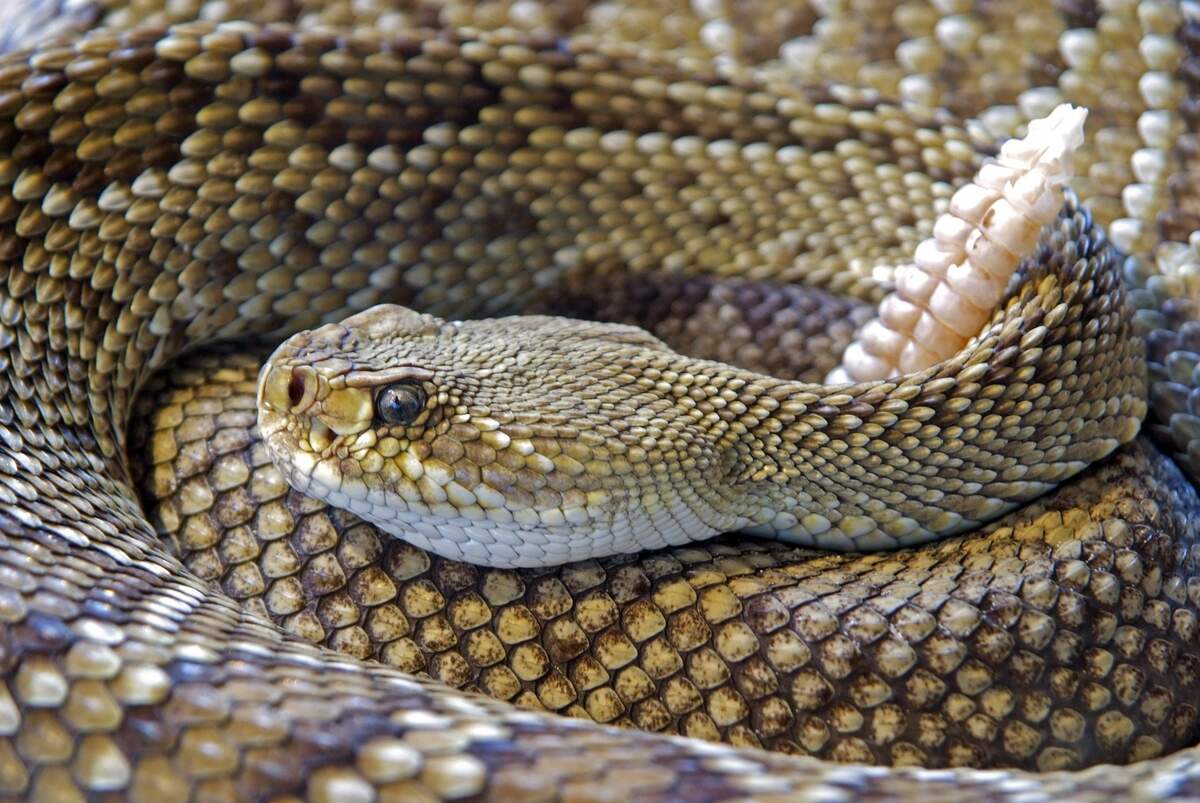

World Snake Day
Observed
annually on July 16th
Dates
Hashtags
Sources
https://www.calendarlabs.com/holidays/international/world-snake-day.php
https://www.livescience.com/27845-snakes.html
https://www.nationalgeographic.com/animals/article/world-snake-day-photo-ark
https://www.nationalgeographic.com/animals/reptiles/facts/snakes-1
https://www.worldanimalprotection.ca/news/10-cool-facts-about-snakes
Celebrated by snake and wildlife enthusiasts, World Snake Day raises awareness about snakes and educates the public about them; it dispels fears and misconceptions about them and enlightens the public on how they should be dealt with. A focus is often put on conservation, which is valuable because snakes face habitat loss on account of development, and there are around 100 species that are listed as endangered by the IUCN Red List. Events, such as snake awareness programs, are held at zoos and museums and organized by NGOs on the day.
There are more than 3,000 snake species, and snakes can be found on every continent except Antarctica. They live in most countries, although they aren't found on a few island countries like Iceland, Ireland, and New Zealand, or on the autonomous island territory of Greenland. Snakes live in almost any environment: in forests, grasslands, deserts, savannas, swamps, and mountain regions. About 70 species of sea snakes even live in water, being found in the Indian and Pacific oceans. The largest snake is the reticulated python, which may reach over 30 feet in length; the smallest is the threadsnake, which is less than four inches long.
Snakes are cold-blooded reptiles, meaning their body temperature changes and is contingent on external sources. Almost all have scales, which makes them smooth and dry, reduces friction when they move, and traps moisture when they are in arid climates. Some species can climb trees by digging their scales into the bark. Snakes shed their skin multiple times a year. Called ecdysis, this process removes parasites and provides the snake with room to grow. Most snakes—about 70%—lay eggs. Some, like pythons, incubate their eggs, but most don't. Only the king cobra builds a nest for its eggs. About 30% of snakes give live birth, sea snakes being one example. Snakes in colder climates tend to give live birth; eggs wouldn't survive the cold.
While some may call snakes pests, others keep them as pets. They are important to the ecosystem, eating rodents and other animals deemed pests. Snakes are carnivores, meaning they only eat meat. They have forked tongues that they smell with by flicking about. This allows them to detect food and danger. They use the Jacobson's organ located on the roof of their mouth to smell, too. They have "pit holes" in front of their eyes. These openings allow them to sense heat from warm-blooded animals that they might consider to be a tasty meal. Speaking of eyes, snakes don't have eyelids, although they do have a thin membrane called a brille that protects them. They also don't have ears but do have bones in their lower jaws that allow them to feel vibrations from animals near them.
There are around 600 venomous snakes, but of these, only about 200 are dangerous to humans. Only cobras, vipers, and some related species hunt prey using venom. Other snakes kill their prey by swallowing it alive or constricting it until it dies and then swallowing it. Since snakes have no teeth, they almost always swallow their prey whole. They are able to eat animals three times the size of the width of their head, by unhinging their lower jaw from their upper jaw. This being the case, large snakes sometimes eat crocodiles and cows.
Snakes have undulated—that's their slithering crawl—into the hearts of many. Today, on World Snake Day, these snake enthusiasts celebrate and raise awareness about them. Fears and misconceptions about snakes are dispelled, and an effort is made to conserve these cold-blooded reptiles, so that others may cherish them, and so that they may continue to fulfill their crucial role in ecosystems around the world.
How to Observe World Snake Day
You could celebrate today by doing any of the following:
- Check for World Snake Day events being held at zoos and museums and being organized by other institutions.
- Visit Reptile Gardens or Animal World and Snake Farm Zoo.
- Learn more about snakes by reading a book about them.
- Look for snakes.
- Get a snake identification app.





















